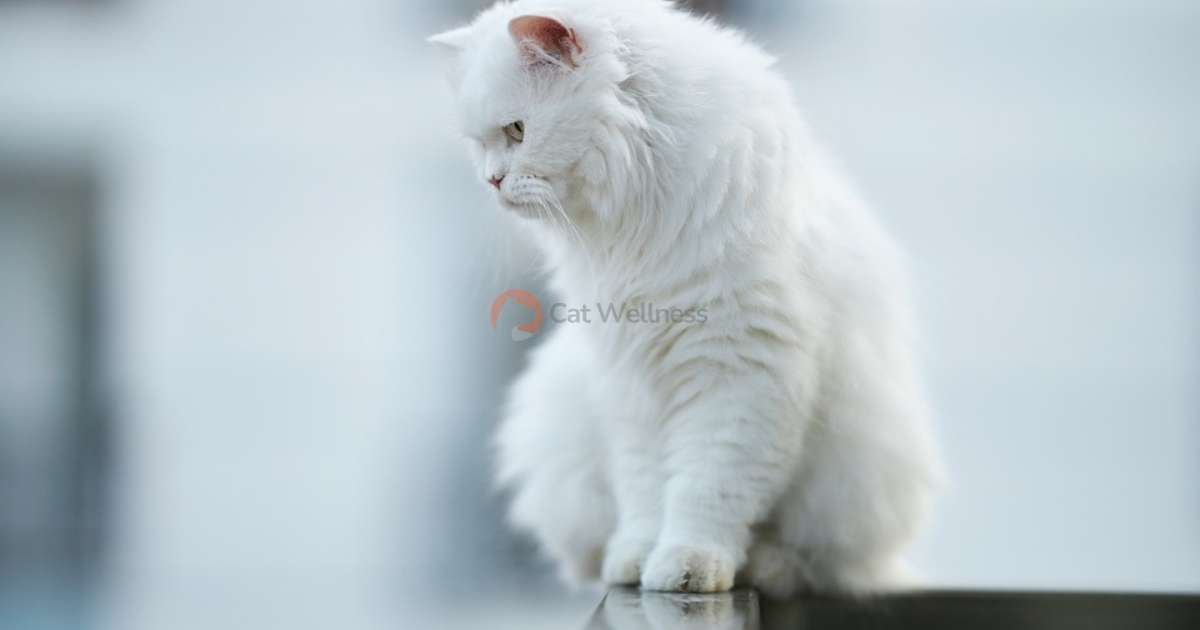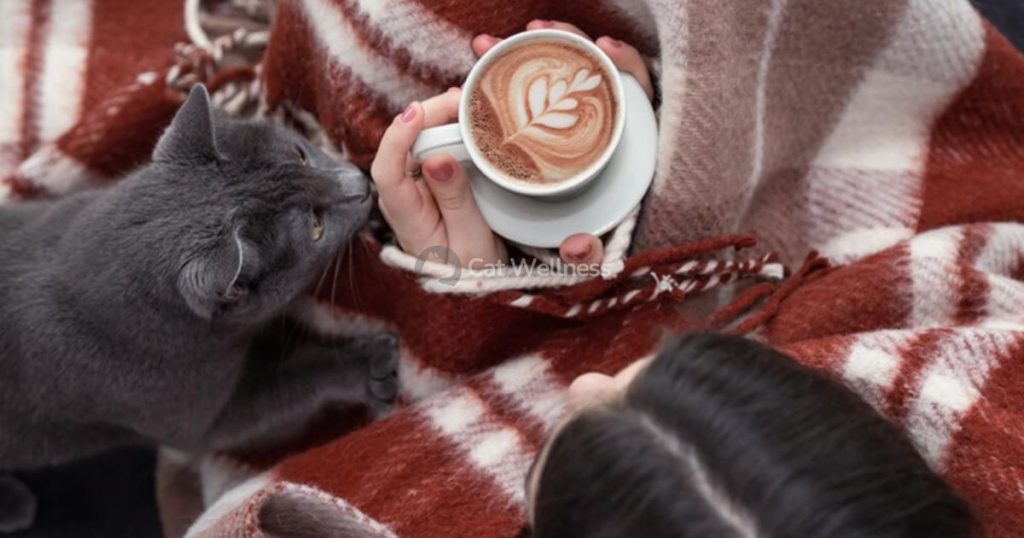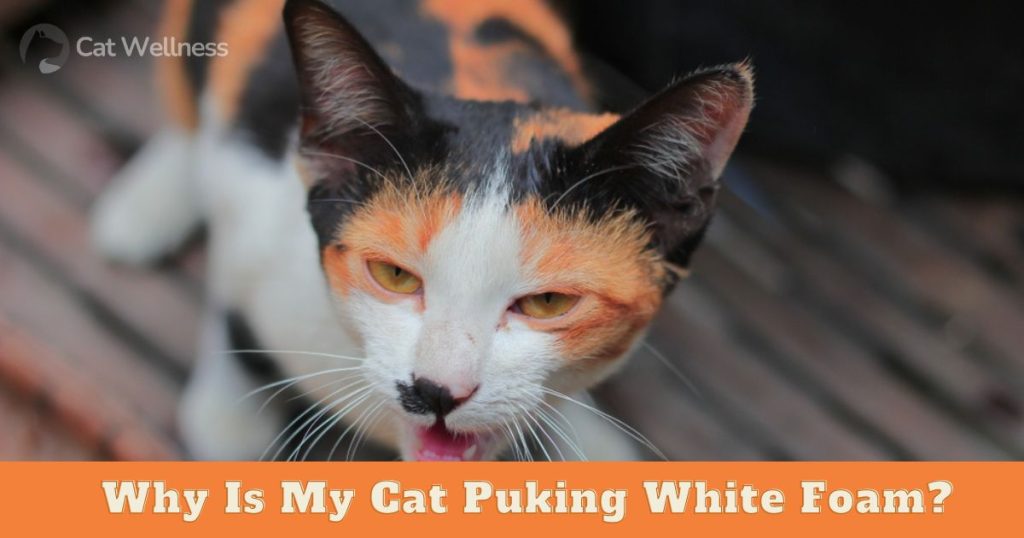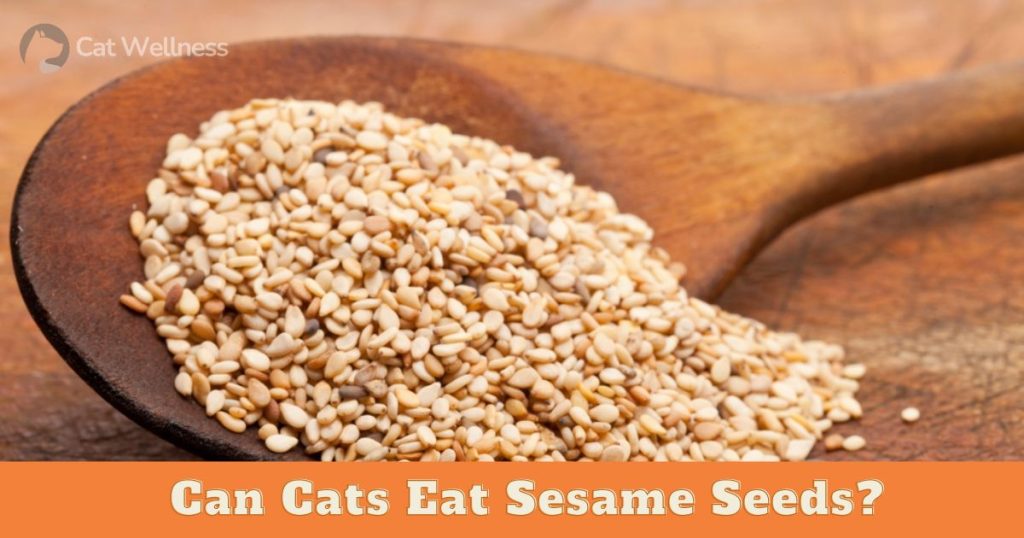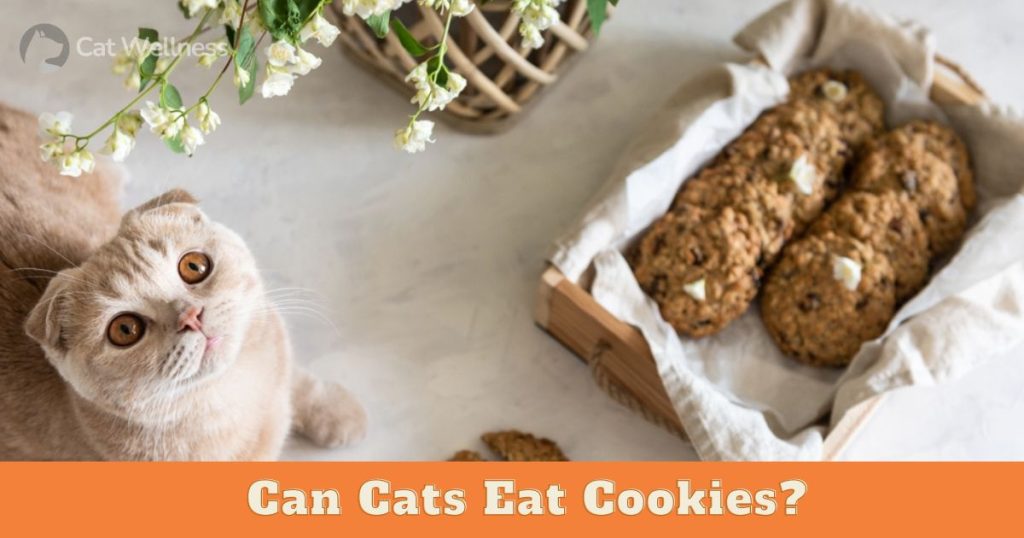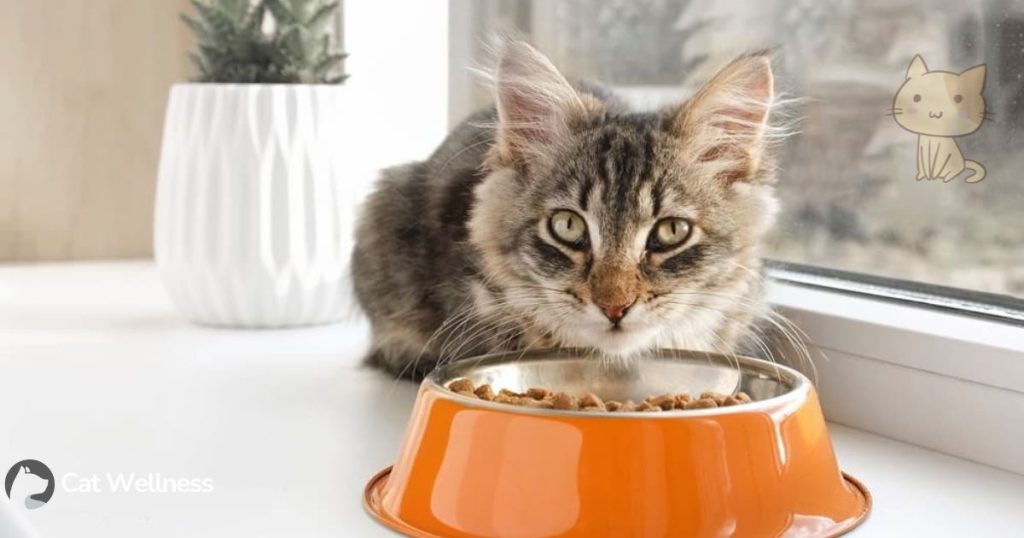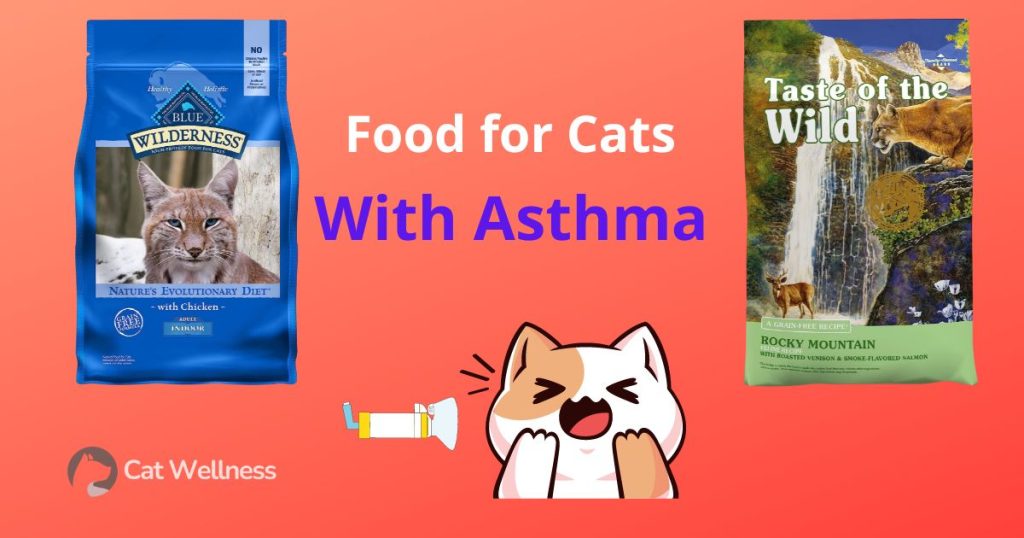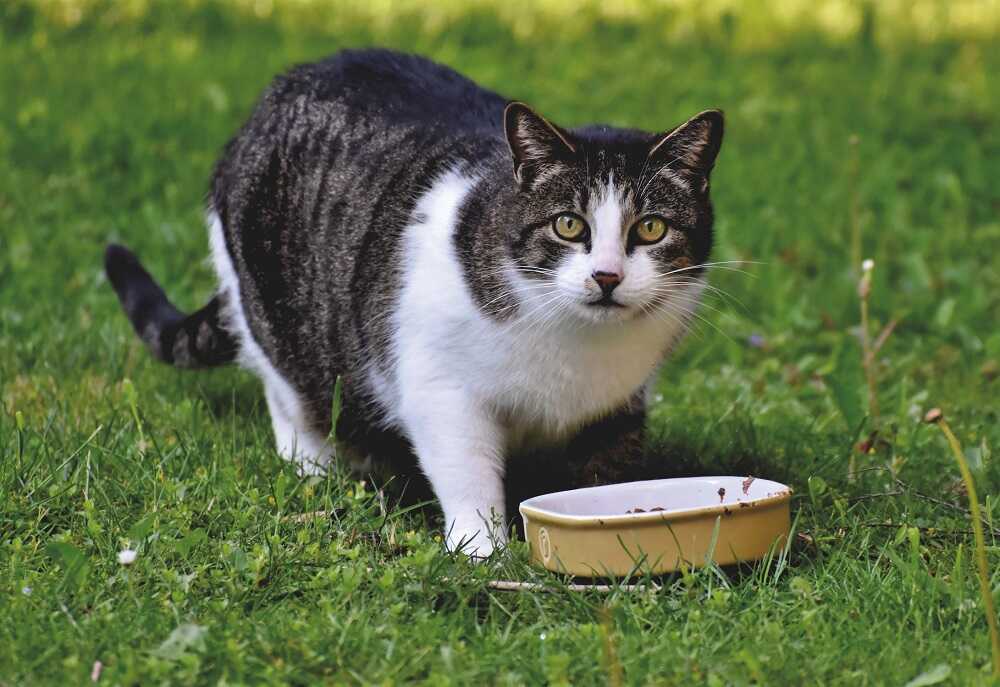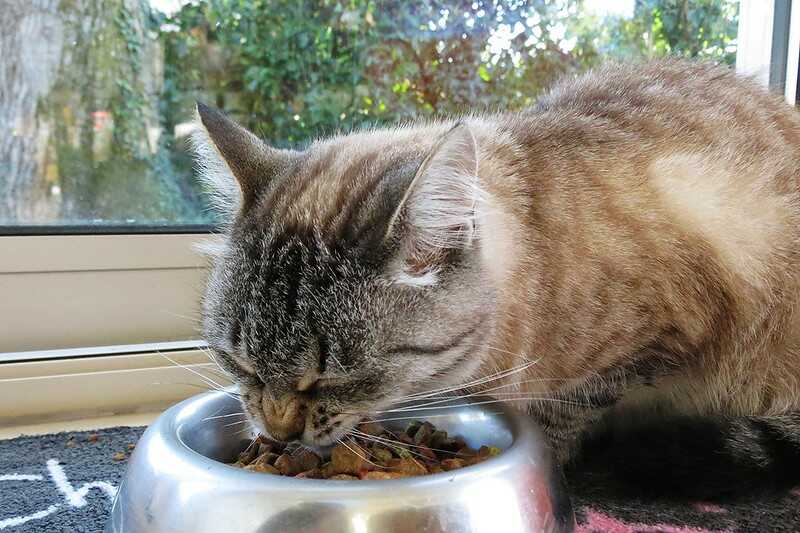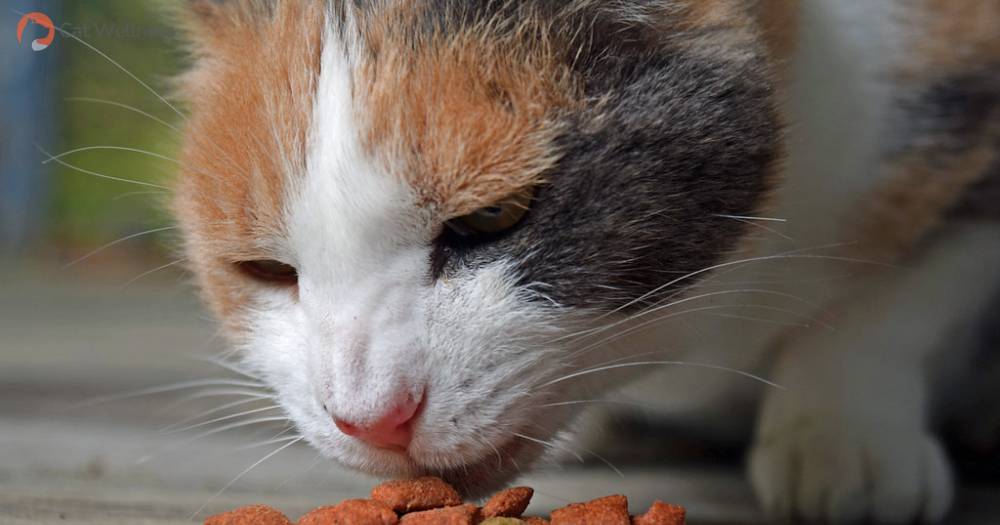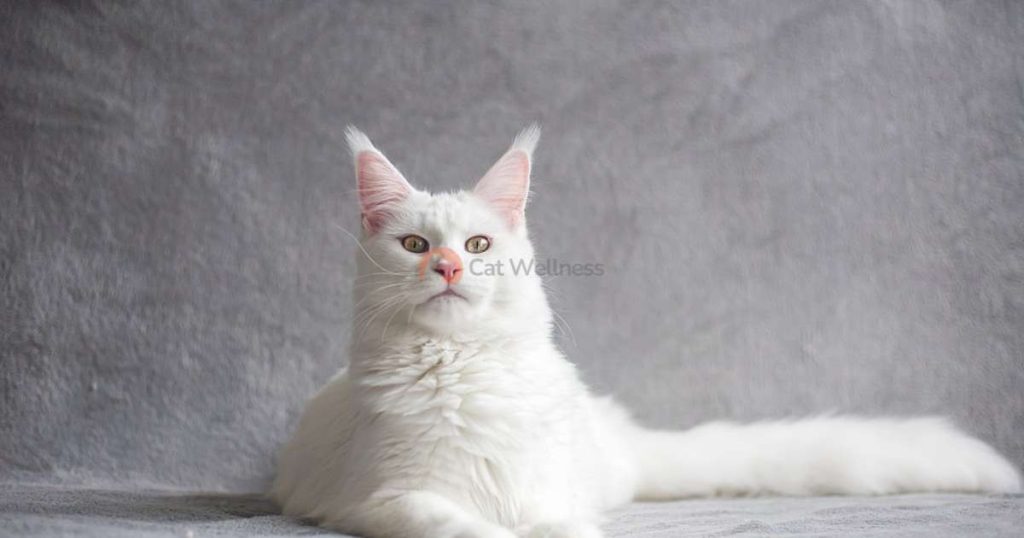Occasionally, you may be tempted to give your car table scraps and special treats, but remember that certain foods can be hazardous to the pet. Some people believe cats are finicky eaters, yet you cannot blame them.
So, what to avoid when buying cat food? You should habitually read ingredient tables to ensure the product doesn’t include harmful things for your cats, such as BHT, BHA, Ethoxyquin, carbohydrate filler, artificial ingredients, etc.
If you want to find out more about this topic, let’s keep reading until the end!

What To Avoid When Buying Cat Food
Food is a crucial factor affecting your pet’s health. You should prevent your cats from eating harmful products below:
BHA, BHT, And Ethoxyquin
BHT (butylated hydroxytoluene) and BHA (butylated hydroxyanisole) are common preservatives for dry cat foods. Yet, they are supposed to be agents causing cancer.
According to the National Center for Biotechnology Information, some experts did research on rats and saw that the chemicals could cause their kidneys and liver to be damaged.
Aside from its usage as an antioxidant in select spices, ethoxyquin is prohibited in human foods in the United States and is exceedingly dangerous when directly consumed or touched by our skin.
Due to the harm of these chemicals, many pet food manufacturers are switching to “natural” preservatives like Vitamin E and C.
Therefore, the risk that your cats will have serious health problems from ingesting these chemicals cannot be ruled out.
Meat Byproducts
Meat byproducts are known as secondary items produced beside the primary product.
Not knowing what the meat came from, byproducts are generally considered a lower-quality form of the protein that your cats require. Thus, if we humans shouldn’t consume it, our cats shouldn’t either.
Meat and other meals are typically created through rendering, a dangerous method for home cooks.
Meat leftovers utilized in this type of processing are frequently unfit for human consumption. Natural proteins and enzymes are altered or destroyed during the rendering process. They are frequently of poor quality and substandard in nature.
Related Post: What Cat Food Is Killing Cats? Choose Healthy Foods For Them
Carbohydrate Fillers
Excess of carbohydrate “fillers” is not good for cats. Dry food can contain as much as 50 percent grain. Older cats and cats with diabetes can be fed grain-free food if the carbohydrate content is limited.
Wheat gluten can also be problematic as it’s cheaper than muscle meat protein and whole-grain options.
Some of these pet foods can contain melamine. In combination with cyanuric acid found in cat foods, it can lead to kidney stones and kidney failure, according to the World Health Organization.
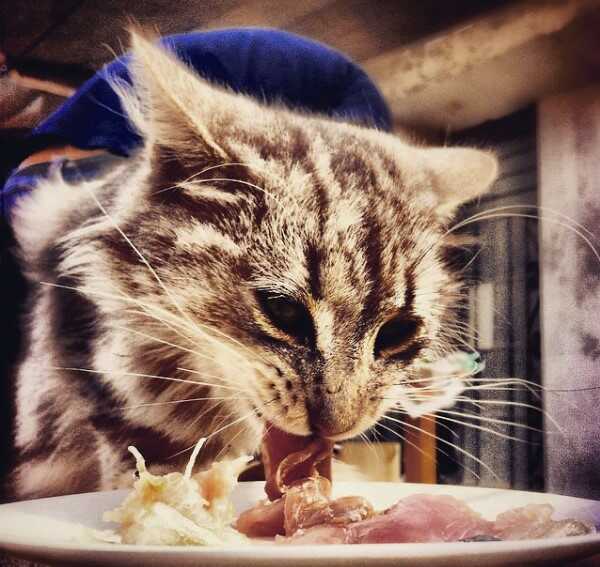
Low-Protein Profile
Cats require animal proteins to receive all the nutrients and amino acids they need daily. In fact, most doctors agree that the protein level is the most crucial factor to consider when purchasing wet foods.
Thus, how much protein is sufficient? Experts recommend eating foods that are packed with at least 8.8 percent protein.
Too Many Carbohydrates
Cat saliva has amylase, an enzyme that aids in the digestion of carbohydrates or starches derived from plants, such as potatoes. However, carbohydrates should play a little role in your cat’s diet.
When reading the contents list, look for grains such as wheat, rice, corn, soy, or anything with the word “starch” in it. Whether you’re looking for low-carbohydrate cat food or merely a balanced and complete diet, carbs matter for cats!
Grains
Although cats can consume carbohydrates from grains, many people still argue about grains in foods. Why are people confused?
Grain-free products, recommended by many vets, are an excellent choice for cats with a verified allergy to one or more grains, such as maize, wheat, or soy.
If you suspect a cat has a grain food allergy, feeding it grain-free cat food, such as Miko Chicken Recipe, is a fantastic way to put your theory to the test. When you feel your cat has a food allergy, consult your veterinarian.

Related Post: What Cat Food Ingredients Should I Avoid? Surprised Facts
Artificial Ingredients
Not just grains can be a source of potential food allergies in cats. Food additives are also to blame. These can manifest as gastrointestinal symptoms such as loose stools, nausea, or gas.
Because it can be difficult to know the exact reason for a kitty’s upset stomach, some veterinarians recommend using wet cat food or mixing wet and dry food formulas that minimize the number of food additives.
The concept is straightforward: the fewer the components, the fewer the possible factors of food sensitivity in your cats.
So, avoid canned foods with artificial colors, flavors, or preservatives when selecting wet cat food.
Conclusion
Feeding a cat requires a lot of patience and knowledge. Food is an extremely important factor in determining the cat’s health. Therefore, finding out what to avoid when buying cat food is not overlooked.
The article has listed the things you should pay attention to. Take notes and be careful in choosing your cat’s foods.

